Maintaining Spinal Health Through Lifestyle Changes and Preventive Care
October 8, 2025
9 min

Understanding the Foundation of Spinal Health
Spinal health is crucial for maintaining overall wellness and quality of life. The spine not only supports the body's structure and enables movement but also protects the spinal cord—a critical conduit for nerve signals between the brain and body. Poor spinal health can lead to pain, reduced mobility, and systemic issues affecting emotional and physical well-being. This article explores evidence-based lifestyle changes, preventive strategies, exercises, nutrition, posture practices, early detection of spinal problems, and non-surgical management approaches to help readers maintain and improve spinal health effectively.
The Importance of Spinal Health for Overall Well-Being
Why is spinal health important for overall well-being?
The spine is a vital structural component of our body, characterized by its unique S-shape, which supports our posture and enables movement. It acts as a sturdy framework that supports the head, trunk, and legs, while also safeguarding the spinal cord—the essential nerve pathway that transmits signals between the brain and the rest of the body (Spine Anatomy Overview, Human Spine S-Shape Alignment).
A healthy spine ensures that nerves and tissues function optimally, which affects various bodily systems. Proper spinal alignment promotes efficient nerve communication, influencing digestion, immune function, mood, and energy levels (Spine Function and Protection, Connection Between Posture and Spine Health). When spinal health deteriorates due to misalignment, injury, or degenerative changes, it can cause pain and discomfort, leading to decreased mobility and quality of life (Age-Related Spine Degeneration, Causes of Back and Neck Pain).
Poor spinal health is often linked to chronic pain conditions like back and neck pain, headaches, and fatigue. These issues can also have emotional repercussions, including stress, anxiety, and depression, as ongoing pain and limited activity impact mental health (Chronic back pain causes, Lifestyle Changes to Reduce Back Pain).
Maintaining a healthy spine involves regular physical activity, good posture, ergonomic workspace setups, and prompt medical attention for pain or injuries. Practices such as targeted exercises, stretching, and proper lifting techniques help strengthen the supportive muscles and ligaments, preventing issues before they develop (Physical Therapy for Spine Health, Proper Lifting Techniques, Daily spinal health exercises).
In summary, spinal health is foundational to overall wellness. It affects not only physical mobility and comfort but also influences mental and emotional stability. Investing in spinal care through lifestyle choices and medical guidance supports a vibrant, balanced, and pain-free life (Healthier Spine Tips, Spine Health Wellness).
Lifestyle Habits and Preventive Strategies to Maintain a Healthy Spine

What lifestyle changes and habits can help maintain or improve spinal health?
Maintaining or enhancing spinal health hinges on adopting a holistic approach that combines regular, low-impact physical activity with mindful ergonomic practices. Engaging in activities like walking, swimming, yoga, or Pilates helps strengthen core and supporting muscles, enhances flexibility, and promotes overall mobility.
Practice proper posture during daily activities—whether sitting, standing, or lifting—to prevent unnecessary strain on the spine. This includes aligning shoulders, hips, and knees, activating core muscles, and avoiding prolonged static postures. Taking frequent breaks from extended periods of inactivity encourages circulation and reduces stiffness.
Nutrition plays a vital role; consuming anti-inflammatory foods such as fruits, vegetables, nuts, and fatty fish supports tissue repair and reduces inflammation. Staying hydrated maintains disc elasticity and nutrient transport. Maintaining a healthy weight reduces undue pressure on spinal tissues. Incorporating stretches targeting the lower back, hips, and hamstrings helps preserve flexibility and proper spinal alignment.
Equally important are lifestyle habits like avoiding smoking, which constricts blood vessels and impairs healing, and managing stress through techniques like meditation or deep breathing. These practices help decrease muscle tension and promote better blood flow, contributing to overall spinal wellness.
What preventive strategies are effective in avoiding spine-related conditions and back pain?
Prevention of back pain and spinal disorders involves an active lifestyle tailored to individual needs. Consistent physical activity—including strength training, flexibility exercises, and low-impact aerobic movements such as walking or swimming—strengthens the muscles supporting the spine and improves tissue resilience.
Practicing good posture during work, leisure, and everyday tasks—including the use of ergonomic furniture with proper lumbar support—and making ergonomic adjustments to workstations can significantly minimize strain. Proper lifting techniques—using legs instead of back, keeping objects close, and avoiding twisting—prevent injuries.
Weight management through a balanced diet rich in calcium, vitamin D, and other nutrients supports bone strength. Avoiding smoking maintains healthy blood flow and oxygen supply to spinal tissues. Addressing stress through relaxation strategies reduces muscle tension and inflammation.
Early medical consultation for persistent or severe pain ensures timely diagnosis and management. By committing to these proactive behaviors, individuals can greatly reduce the chances of developing chronic or acute spine conditions, ensuring a healthier, more resilient back over time.
Exercise, Stretching, and Mobility for Spinal Strength and Flexibility
Which exercises and physical activities promote spinal strength, stability, and flexibility?
Exercises and activities that promote spinal strength, stability, and flexibility include a variety of stretching, strengthening, and low-impact routines. Specific stretching exercises such as knee-to-chest stretches, seated side stretches, and lower back rotational stretches help increase flexibility and relieve tension in the back and surrounding muscles. Strengthening routines like bridges, bird-dogs, planks, and pelvic tilts target core and back muscles, enhancing stability and providing strong support to the spine. For detailed guidance, see Spine Conditioning Program and Three moves for better spine health.
In addition to targeted stretches and strengthening exercises, engaging in activities like yoga, Pilates, tai chi, and brisk walking can improve overall back health. These activities not only increase flexibility but also reinforce supporting muscles that help maintain proper posture. More information is available at Easy spine-strengthening exercises to improve spinal health at home and Tips for a healthier spine.
When incorporating these exercises, it is crucial to start gradually, focus on proper form, and avoid pushing into pain. Those recovering from back injury or experiencing chronic pain should consult healthcare professionals to develop a safe, effective exercise plan. Resources on physical therapy and back pain management can be found at 7 Ways to Treat Chronic Back Pain Without Surgery and Consulting a physical therapist for back pain.
How do stretching and mobility exercises contribute to maintaining spinal health?
Stretching and mobility exercises are essential for maintaining spinal health by improving joint range of motion and muscle flexibility. These exercises help reduce muscle tension, alleviate discomfort, and support correct posture—key factors in minimizing stress on spinal structures like discs, ligaments, and vertebrae. See Stretches for Lower Back Pain for examples.
Enhanced flexibility allows vertebrae and surrounding tissues to move freely, preventing stiffness and misalignment that can lead to pain or degenerative conditions such as disc herniation or scoliosis. Moreover, mobility work boosts circulation to spinal tissues, promoting healing and reducing inflammation. Learn more about benefits at Spine Health Wellness and Spine Health: Prevention and Treatment of Common Disorders.
Regular stretching helps maintain the natural curves of the spine and prevents abnormal postures that can cause long-term issues. By promoting proper vertebral alignment and muscle balance, these exercises contribute significantly to overall spinal function, reducing injury risk and supporting sustained back health. Additional posture-related insights are provided at The Power of Posture: Improving Spine Health and Connection Between Posture and Spine Health.
Nutrition and Dietary Considerations for a Healthy Spine

Proper nutrition is fundamental for maintaining overall spine health and preventing degenerative conditions. Key nutrients such as calcium, vitamin D, magnesium, and vitamin K are essential for strong bones, supporting the vertebrae and preventing osteoporosis. For instance, calcium-rich foods like dairy products, leafy greens, and fish like salmon are vital, while vitamin D facilitates calcium absorption and can be obtained from sunlight, fatty fish, and fortified foods.
In addition to bone health, anti-inflammatory nutrients play a crucial role. Omega-3 fatty acids found in fish, nuts, and seeds help reduce inflammation and may slow down degeneration in spinal tissues. Consuming a diet high in fruits, vegetables, and whole grains provides antioxidants and phytochemicals that combat oxidative stress and inflammation.
Hydration is also vital; spinal discs are shock absorbers that rely on adequate water intake to stay elastic and functional. Drinking sufficient water supports nutrient transport to spinal tissues and maintains joint lubrication.
Maintaining a healthy weight through balanced eating reduces excessive pressure on the spine, decreasing the risk of herniated discs and other degenerative issues. A diet emphasizing plant-based proteins, lean meats, dairy, and healthy fats—similar to the Mediterranean diet—can markedly decrease inflammation and promote tissue repair.
Overall, combining a nutrient-dense diet with regular physical activity and avoiding harmful habits like smoking and excessive alcohol consumption sustains spinal integrity and accelerates healing from injuries. Emphasizing these dietary principles alongside lifestyle measures for spine health offers a comprehensive approach to long-term spine health.
Proper Posture and Ergonomics to Protect Your Spine

Maintaining good posture is essential for spinal health and prevention of chronic pain or injury. Proper posture involves supporting the natural S-shaped curves of the spine by sitting and standing with shoulders, hips, knees, and ankles aligned correctly. Engaging core muscles helps stabilize the spine, while relaxing the shoulders prevents unnecessary tension. When sitting at a workstation, ergonomic principles should be applied to reduce strain. This includes setting the computer monitor at eye level, using an adjustable chair with adequate lumbar support, and positioning the keyboard and mouse at elbow height.
Regular breaks are equally important. Standing, stretching, and moving every 20 to 30 minutes decreases pressure on spinal discs and muscles, promoting circulation and reducing stiffness. Micro-movements like neck rolls and shoulder shrugs can be incorporated during breaks to enhance flexibility. Using ergonomic accessories such as footrests, lumbar cushions, and external monitor stands can significantly improve posture.
Long-term spinal support is reinforced through targeted core-strengthening exercises, which help maintain proper alignment and reduce the risk of postural imbalance. Adopting these ergonomic practices consistently can lead to healthier, more resilient spinal health, avoiding musculoskeletal issues caused by poor posture.
Early Recognition and Non-Surgical Management of Spinal Problems

Spinal problems can arise from various factors, including poor posture, injuries, age-related conditions like osteoarthritis and osteoporosis, herniated discs, spinal stenosis, tumors, infections, or congenital anomalies such as scoliosis.
Early signs and symptoms of spinal issues often include persistent back or neck pain, stiffness, numbness, or tingling sensations in the limbs, and overall weakness. Individuals might notice limited mobility or experience changes in bowel or bladder control. Symptoms like pain radiating along nerve pathways, especially sciatica, are common early indicators. In more severe cases, spinal cord injuries can cause rapid deterioration, with symptoms such as loss of sensation, paralysis, or organ dysfunction, necessitating immediate medical attention.
Recognizing these signs early is crucial for effective management and preventing further damage. Prompt medical evaluation enables early diagnosis and tailored treatment plans, which can greatly improve recovery outcomes.
Non-surgical treatments form the cornerstone of managing back pain, especially in the initial stages. Physical therapy, emphasizing strengthening core muscles, enhancing flexibility, and correcting posture, often provides significant relief. Practices like yoga, tai chi, and Pilates support spinal health through gentle movement.
Complementary therapies—including acupuncture, massage, biofeedback, and mindfulness meditation—can alleviate symptoms and address the emotional toll of chronic pain. Medications such as NSAIDs, muscle relaxants, nerve pain medications, and antidepressants are used cautiously, with opioids generally reserved for short-term relief.
Lifestyle changes play a vital role in managing back pain. Maintaining a healthy weight reduces excessive strain on the spine, while quitting smoking improves blood flow and tissue healing. A balanced diet rich in anti-inflammatory foods like fruits, vegetables, and fatty fish can help reduce inflammation around spinal tissues.
Early detection and comprehensive non-surgical approaches—including appropriate lifestyle modifications—are essential for effective management of spinal problems, minimizing the need for invasive procedures. If pain persists or worsens, seeking professional medical advice is highly recommended.
Integrating Lifestyle and Care for Long-Term Spine Health
Maintaining spinal health is a multifaceted endeavor that hinges on deliberate lifestyle choices, preventive care, and timely intervention. Regular physical activity, proper posture, and ergonomic practices form the backbone of spinal wellness by reducing strain and improving structural support. Complementing these with a nutrient-rich diet, effective stress management, and avoidance of harmful habits such as smoking enhances the body's ability to heal and resist degenerative changes. Awareness of early symptoms and proactive engagement with non-surgical treatments can prevent chronic conditions and reduce reliance on invasive procedures. Ultimately, embracing a holistic approach that combines exercise, nutrition, posture, and medical guidance empowers individuals to sustain a strong, flexible spine that supports overall health and quality of life through all stages of aging.
Recent articles

Simple Lifestyle Adjustments to Maintain a Healthy Spine

Personalized Nutritional Counseling for Improved Health Outcomes

Exploring Non-Surgical Treatments for Spine-Related Conditions

An Introduction to Spinal Decompression for Sciatica Patients

Transformative Success Stories: Patient Experiences with Chiropractic Treatments

Why Chiropractic Care Is Essential for Back Pain Relief

Addressing Underlying Causes Versus Symptom Management in Pain Care

The Role of Nutrition in Enhancing Chiropractic Treatment Effectiveness

Sciatica Treatment Options: Is Spinal Decompression Right for You?

Lifestyle Tips to Maintain a Healthy Spine and Prevent Back Issues

The Synergy Between Physiotherapy and Chiropractic Treatments

What Happens During Your Initial Chiropractic Consultation

Effective Corrective Exercises for Sustainable Pain Management

Taking a Root Cause Approach to Chronic Pain Management

Holistic Pain Management Techniques Without Surgery

How Patient Success Stories Validate Chiropractic Care Benefits

Spinal Decompression: Innovative Treatment for Sciatic Nerve Pain

Spinal Decompression Therapy: A Non-Invasive Approach to Sciatica Relief

Exploring Holistic Approaches Beyond Surgery for Pain Relief

Practical Lifestyle Advice to Support a Healthy Spine Every Day

Corrective Exercise Routines Designed for Long-Term Pain Prevention

Real Patient Stories: Overcoming Chronic Pain with Chiropractic Care

Lifestyle Changes That Promote a Healthy Spine and Prevent Injury

How Addressing the Root Cause of Pain Leads to Lasting Relief

Non-Surgical Holistic Therapies to Manage Chronic Pain Effectively

Nutritional Counseling's Impact on Physical Health and Healing

Benefits of Regular Chiropractic Care for a Stronger Back

Your First Chiropractic Visit: What to Expect and How to Prepare

Patient Experiences: How Chiropractic Care Transformed Their Lives

Exploring Holistic, Non-Surgical Options for Pain Management

Combining Physiotherapy with Chiropractic Treatments for Enhanced Recovery

Holistic Treatments That Offer Alternatives to Surgery for Pain Relief

Corrective Exercise Strategies for Long-Term Spine Health

How Physiotherapy Complements Chiropractic Adjustments for Better Outcomes

First-Time Chiropractic Visitors: What You Should Know

Understanding the Importance of Treating Pain at Its Source

Adopting Lifestyle Changes to Support Your Spine's Wellness

Utilizing Physiotherapy to Enhance Chiropractic Treatment Outcomes

The Key Advantages of Chiropractic Care for Back Pain Sufferers

Why Focusing on Root Causes Improves Pain Treatment Success

Corrective Exercises That Promote Lasting Pain Relief and Mobility

Sciatica Relief Through Targeted Spinal Decompression Techniques

Preparing for Your First Chiropractic Appointment with Confidence

Healthy Lifestyle Habits for Maintaining Spinal Alignment

Success Stories Highlighting Chiropractic's Role in Pain Recovery

Top Benefits of Chiropractic Care for Chronic Back Pain

Nutrition Tips to Boost Your Overall Wellness and Recovery

How Chiropractic Care Alleviates Back Pain Naturally

How Nutritional Counseling Supports Overall Wellness and Spine Health

Step-by-Step Guide to Your First Visit with a Chiropractor

Using Nutrition to Support Chiropractic and Overall Wellness

Integrating Physiotherapy in Your Chiropractic Healing Journey

How Physiotherapy Complements Chiropractic Adjustments for Faster Healing

Lifestyle Tips for Maintaining a Healthy Spine and Preventing Back Pain

Heartwarming Patient Testimonials Highlighting Chiropractic Success

How Proper Nutrition Supports Chiropractic and Physiotherapy Treatments

Combining Physiotherapy and Chiropractic Treatments for Optimal Recovery

Why Chiropractic Treatments Are Effective for Managing Back Pain

Choosing a Chiropractor: Tips for Finding a Trusted Provider

Integrating Physiotherapy and Chiropractic: Benefits and What to Expect

How Tailored Corrective Exercises Can Aid in Pain Management

Chiropractic Care: A Proven Solution for Alleviating Back Pain

What to Expect at Your First Chiropractic Visit: A Comprehensive Guide

The Importance of Root Cause Analysis in Effective Pain Management

The Role of Corrective Exercises in Sustaining Pain-Free Living

Combining Chiropractic and Physiotherapy for Comprehensive Pain Relief

How Addressing Underlying Causes Improves Pain Treatment Effectiveness

Maintaining Spinal Health Through Lifestyle Changes and Preventive Care

Understanding the Benefits of Chiropractic Adjustments for Back Pain Sufferers

Spinal Decompression Therapy: A New Hope for Sciatica Relief

Lifestyle Recommendations to Support a Healthy Spine and Reduce Pain
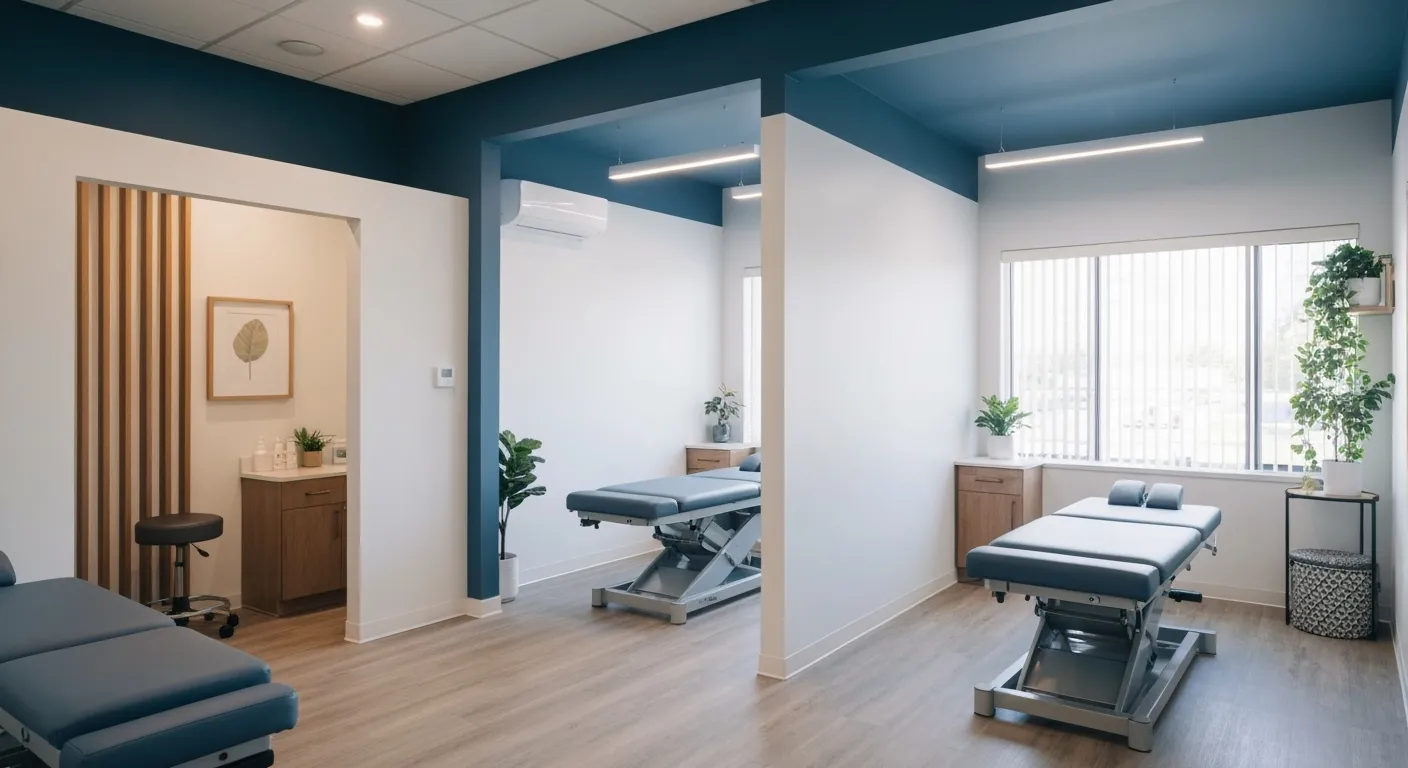
Choosing the Right Chiropractor: Key Factors to Consider Before Your First Appointment

Non-Invasive Treatment Alternatives: A Holistic Approach to Pain Relief

Corrective Exercises to Support Long-Term Relief from Chronic Pain

Exploring Non-Surgical Approaches to Spine Health and Wellness

Tips for Daily Habits That Keep Your Spine Strong

Success Stories: How Chiropractic Treatments Changed Lives

Why Focusing on the Root Cause of Pain Leads to Better Outcomes

Nutritional Counseling and Its Impact on Overall Wellness and Recovery

Patient Testimonials That Showcase the Power of Chiropractic Care
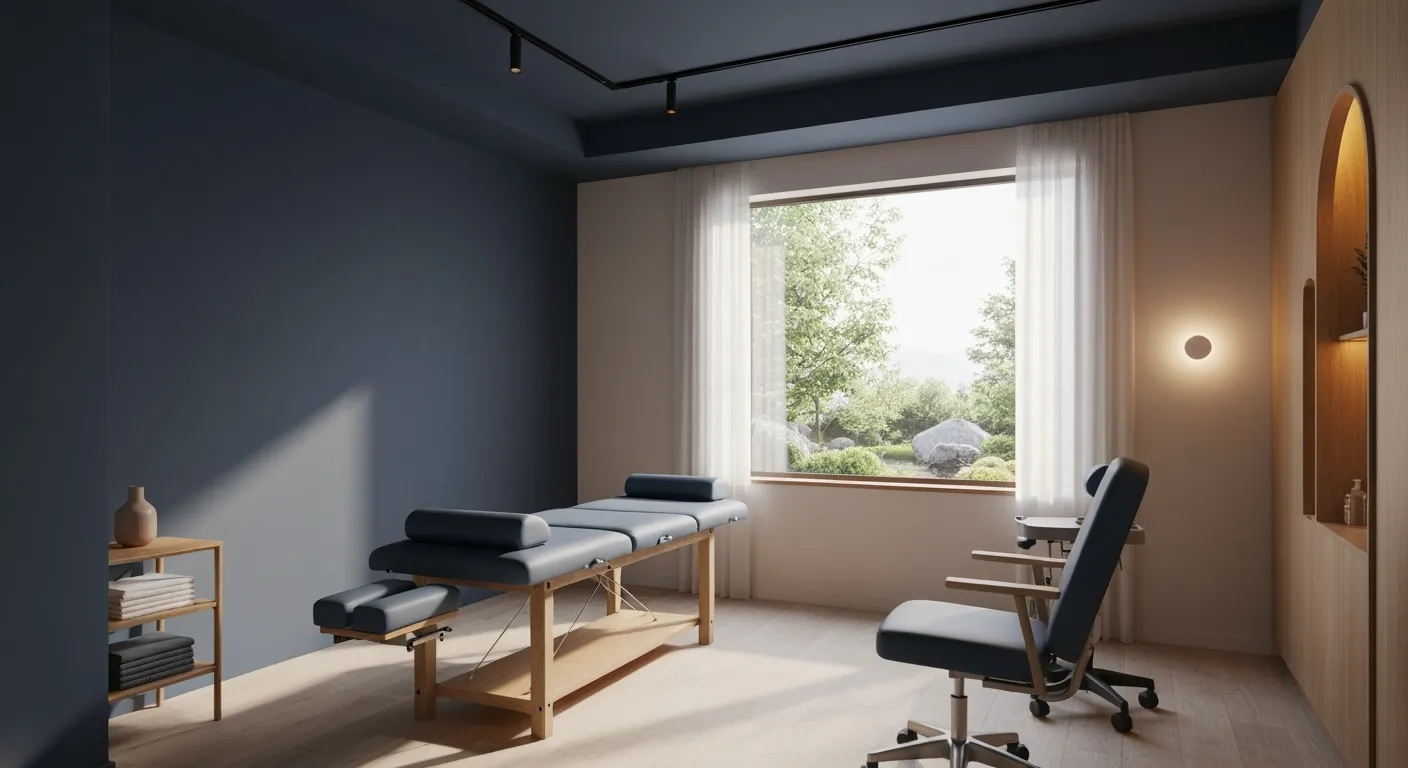
Preparing for Your First Chiropractic Appointment: What You Need to Know

Holistic Treatment Options: Beyond Surgery for Pain Relief

Holistic Pain Relief Methods That Avoid Surgery
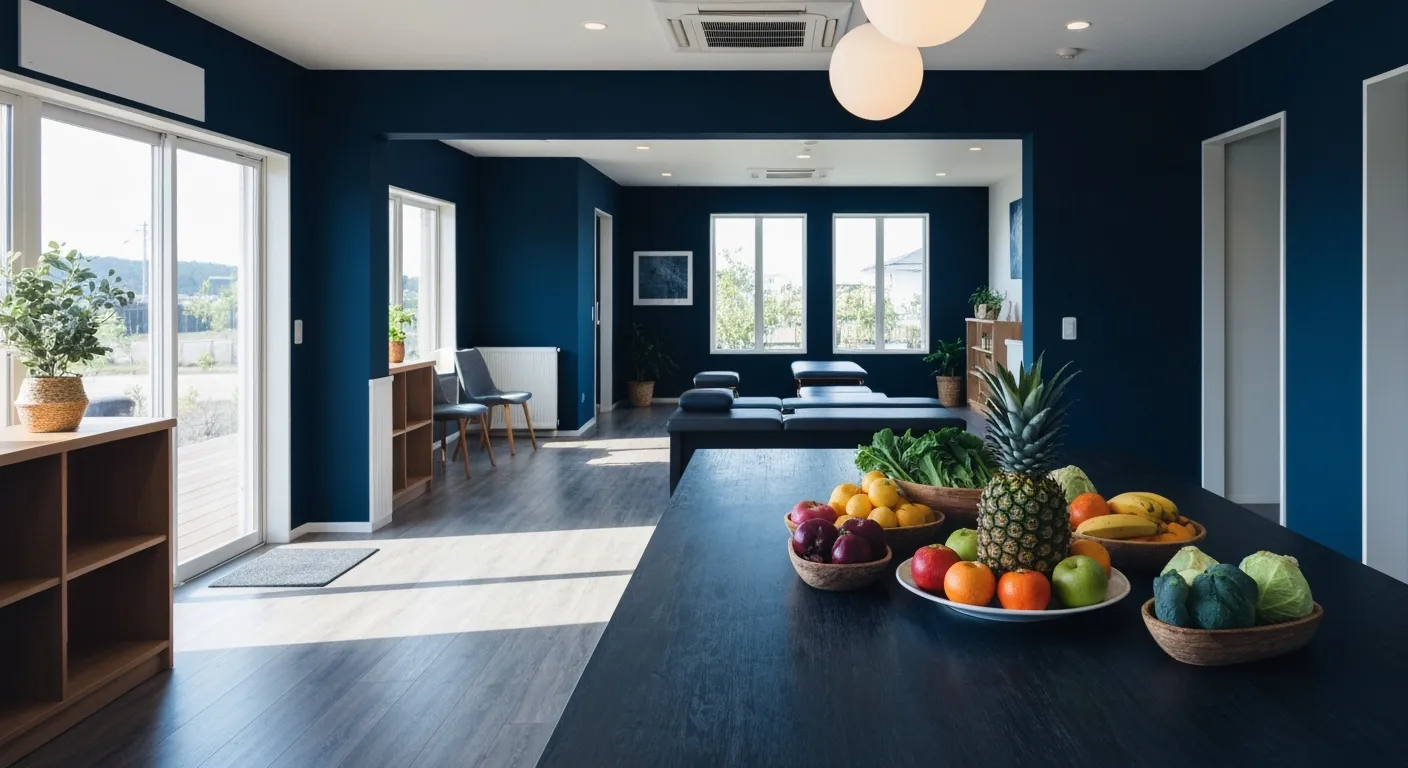
Nutritional Strategies for Supporting Spine Health and Recovery
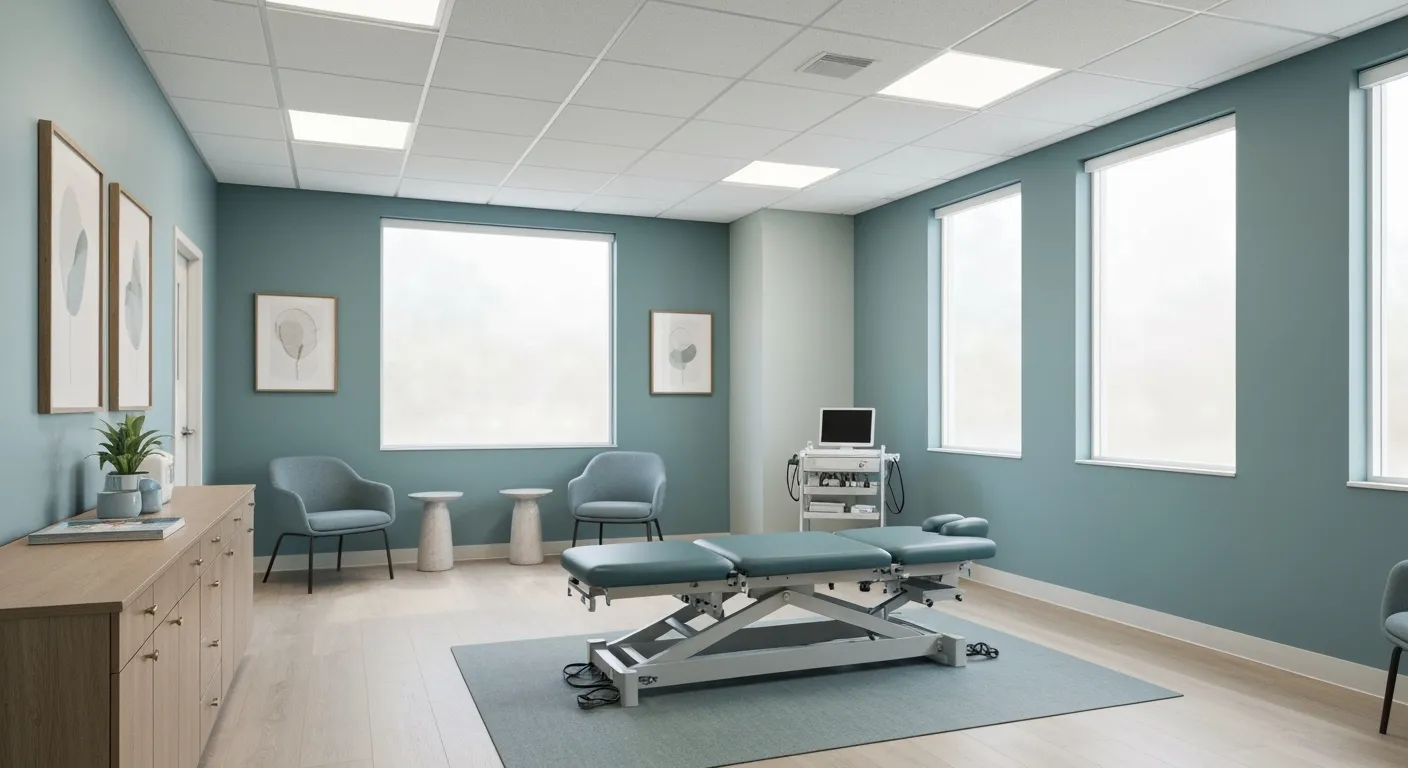
First Chiropractic Visit: What Happens and How to Prepare
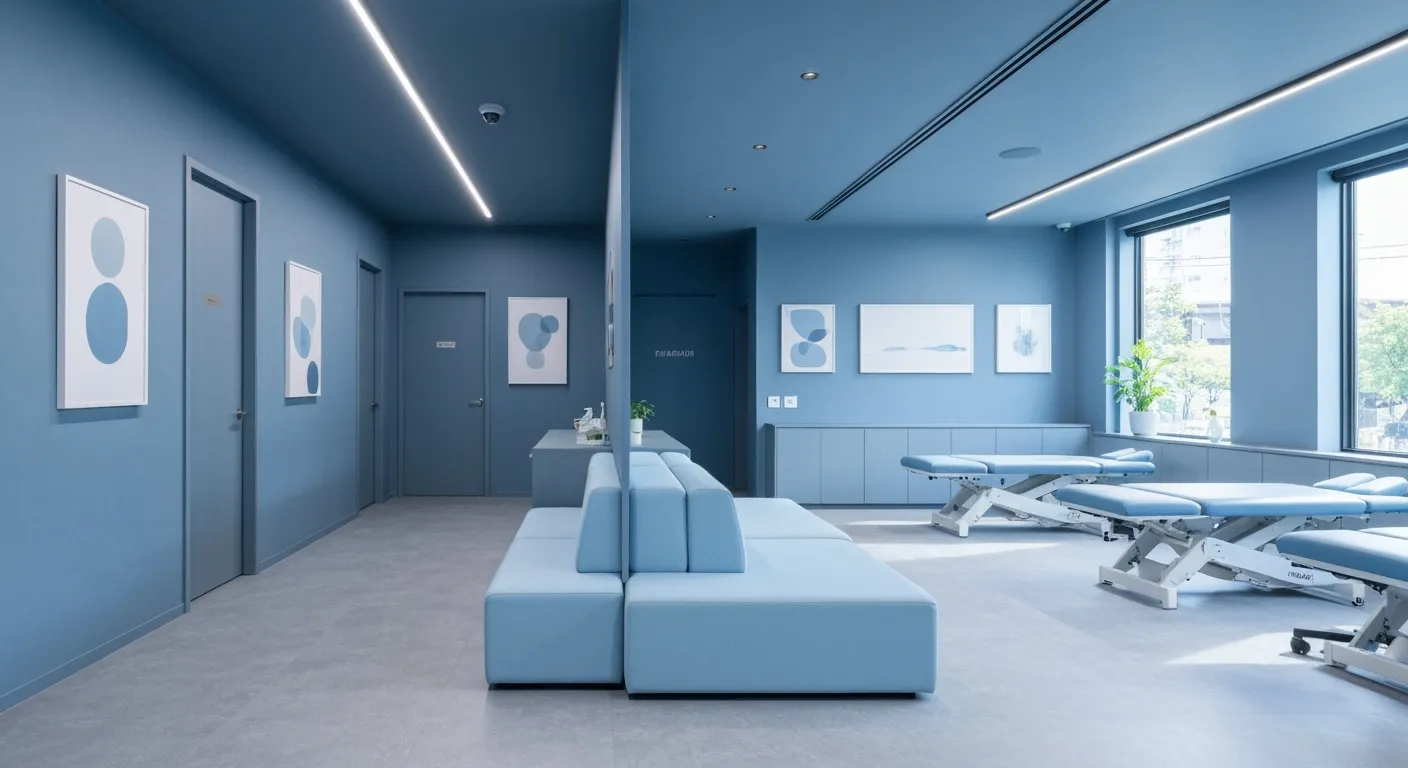
Chiropractic Patient Success Stories: Inspiring Journeys to Wellness
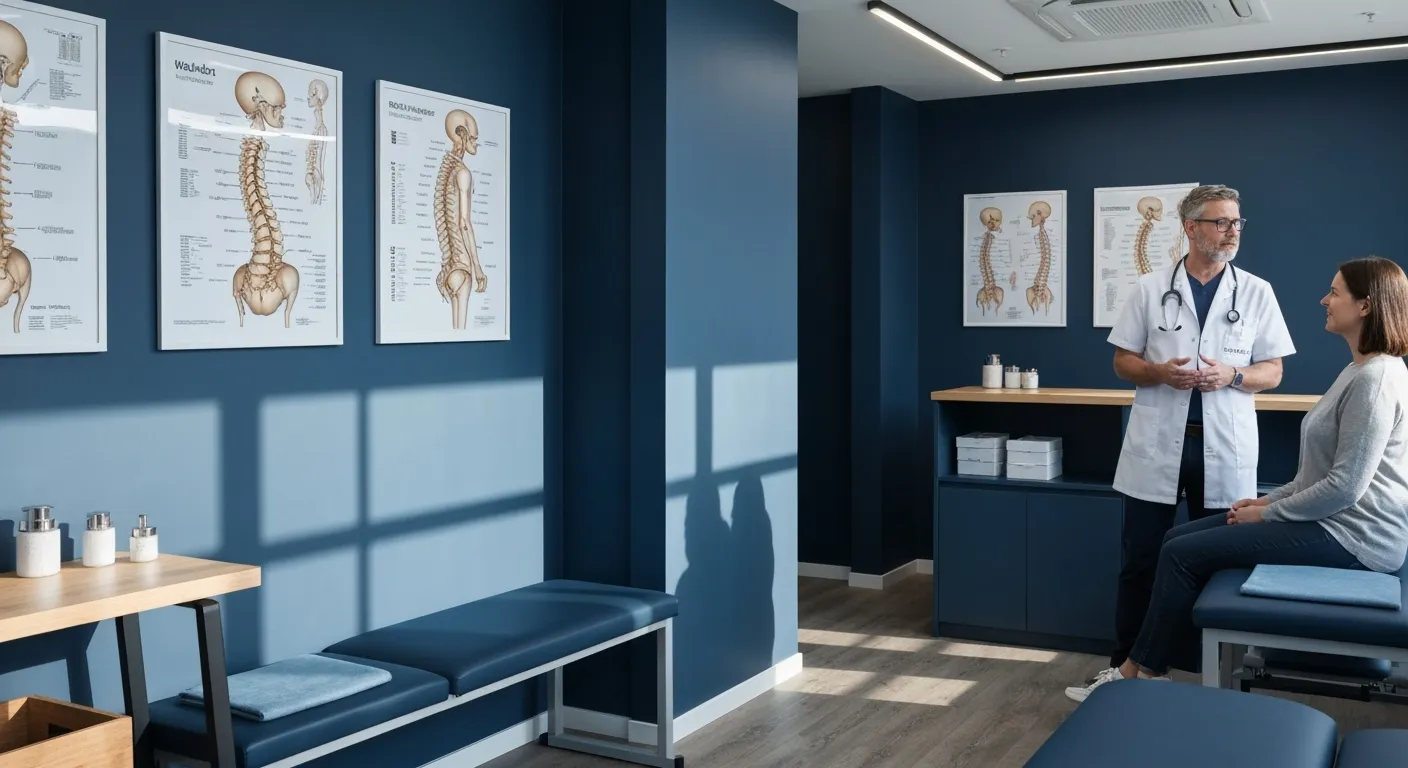
Effectiveness of Spinal Decompression Therapy in Managing Sciatic Nerve Pain

Addressing Pain at Its Source: Why Treating the Root Cause Matters

Corrective Exercise Programs Designed for Long-Term Pain Prevention
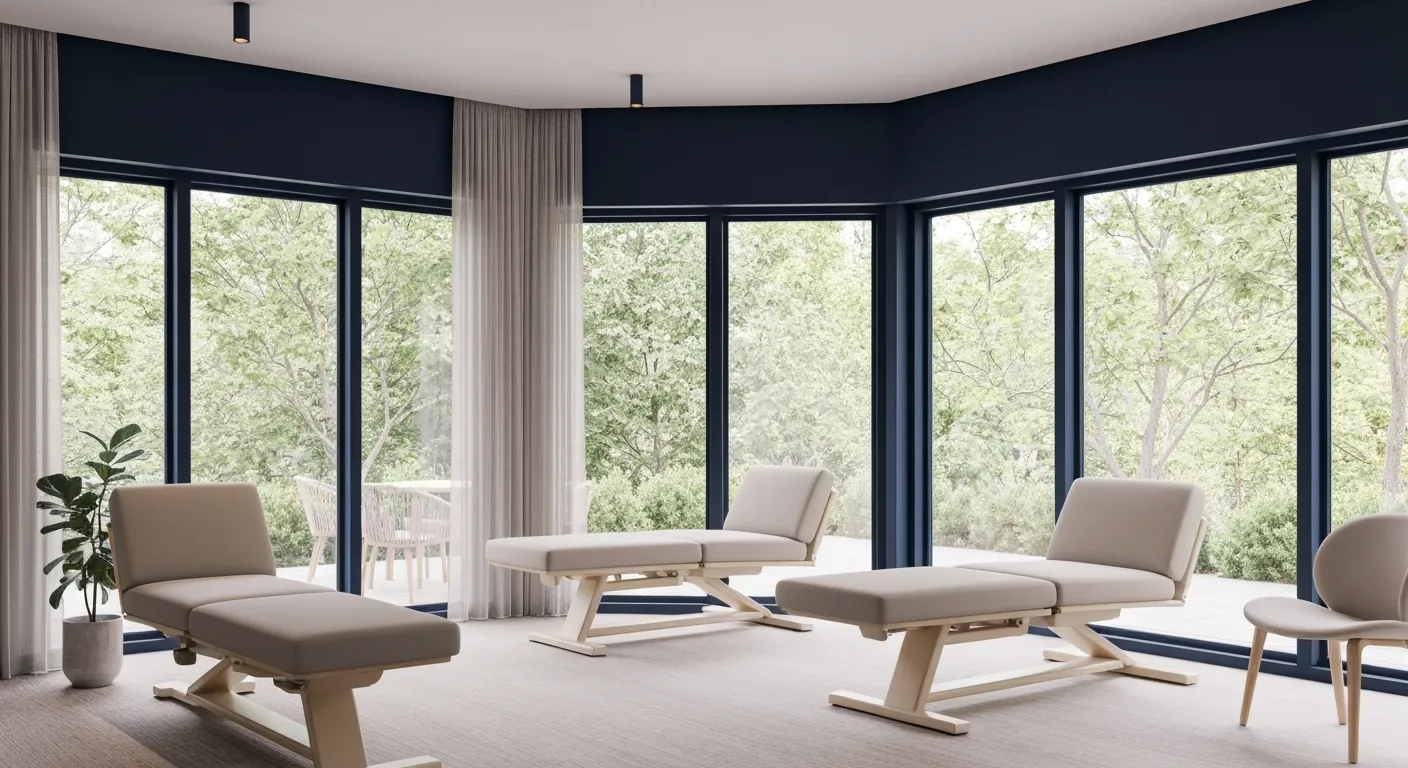
Healthy Lifestyle Advice for Maintaining Spinal Alignment

Understanding Spinal Decompression as a Treatment for Sciatica Pain

Benefits of Chiropractic Care Specifically for Back Pain Relief

Understanding Gait Analysis in Physiotherapy

The Difference Between Muscle Soreness and Dysfunction

Workplace Stress Statistics: How Muscle Tension Impacts Productivity

How Physiotherapy Improves Mobility for Seniors
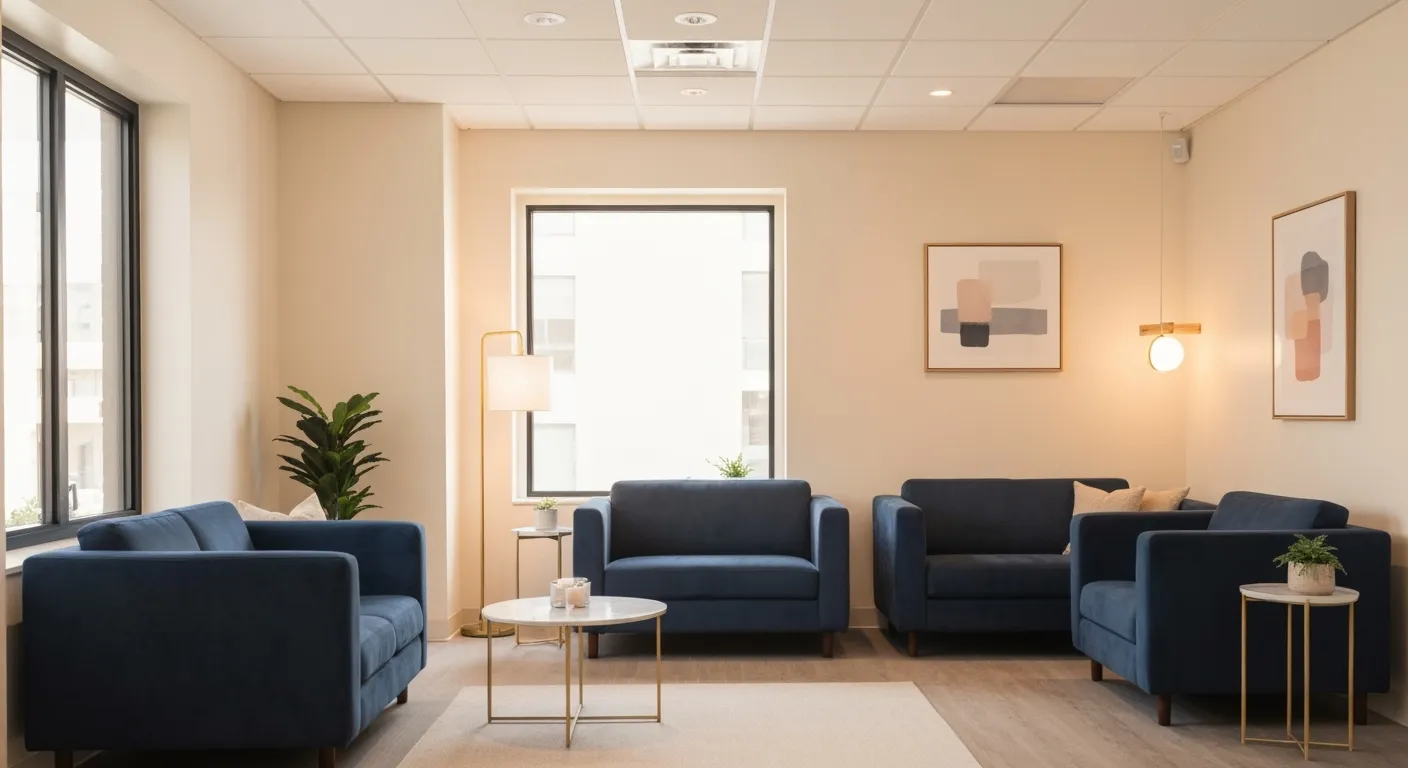
How to Communicate Pain Levels to Your Therapist Effectively

Physiotherapy Interventions for Balance and Fall Prevention

How Physiotherapy Helps Post-Surgical Recovery

